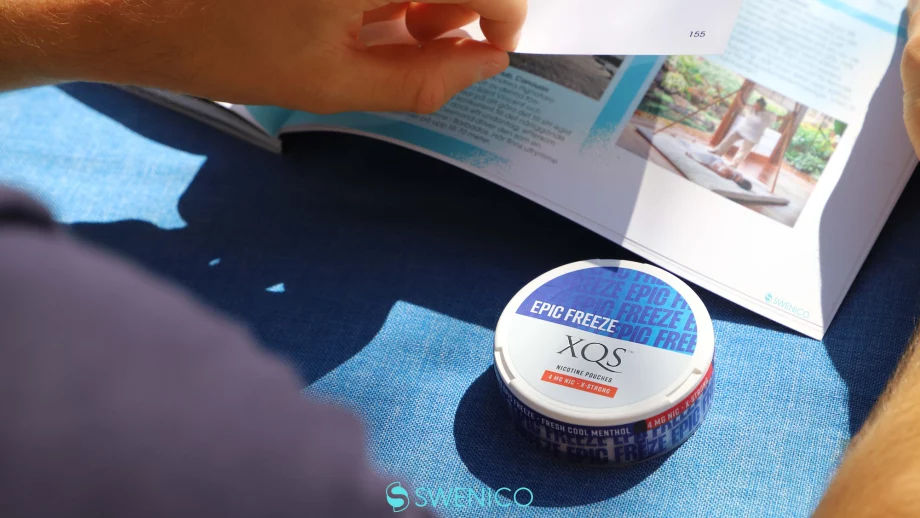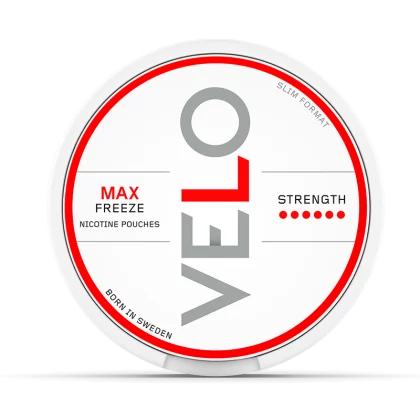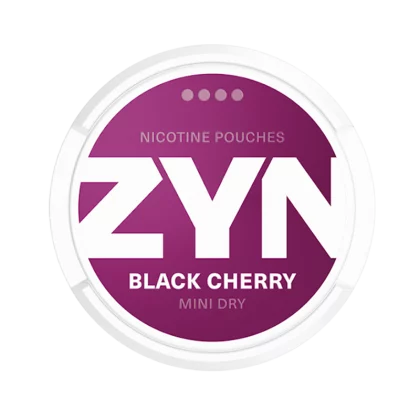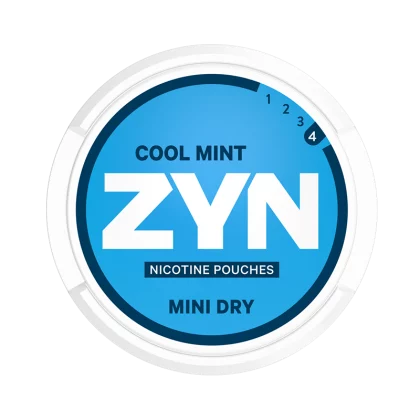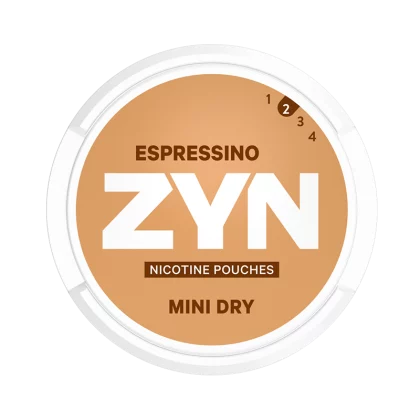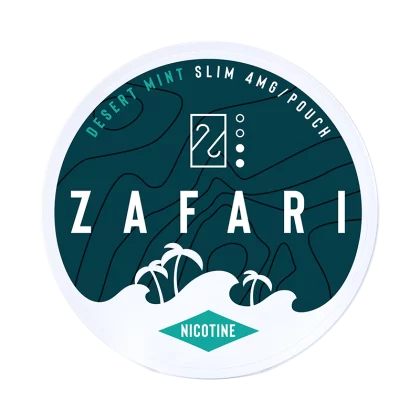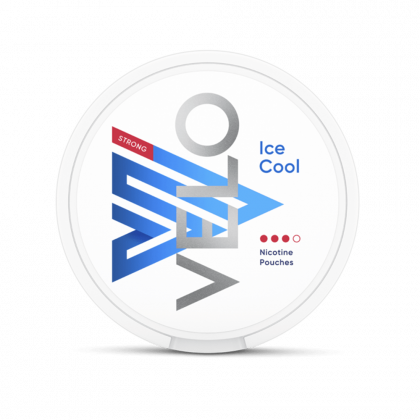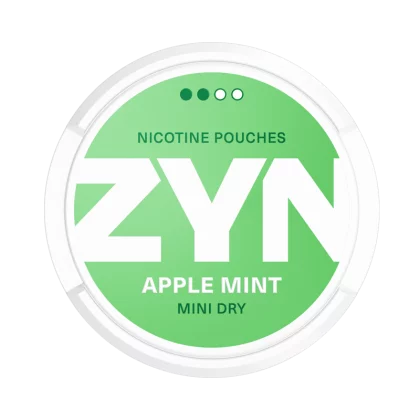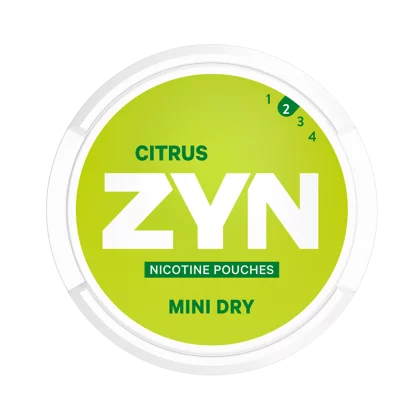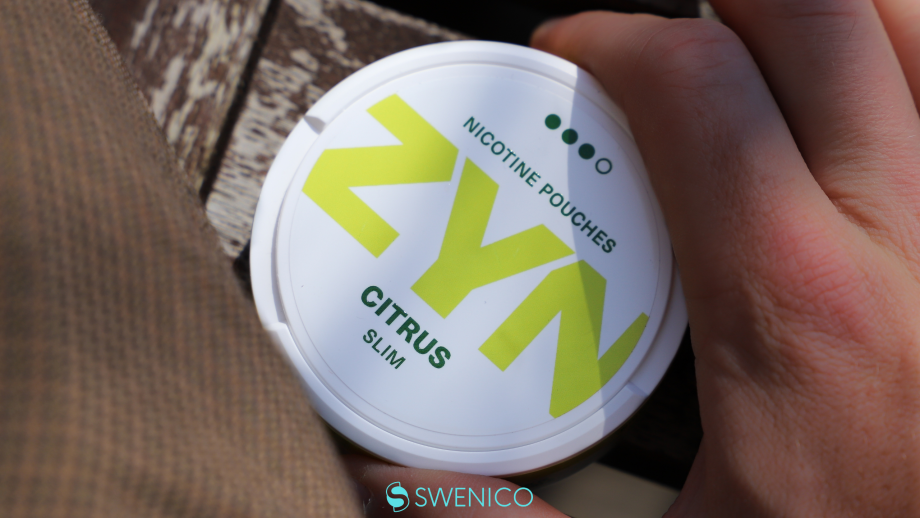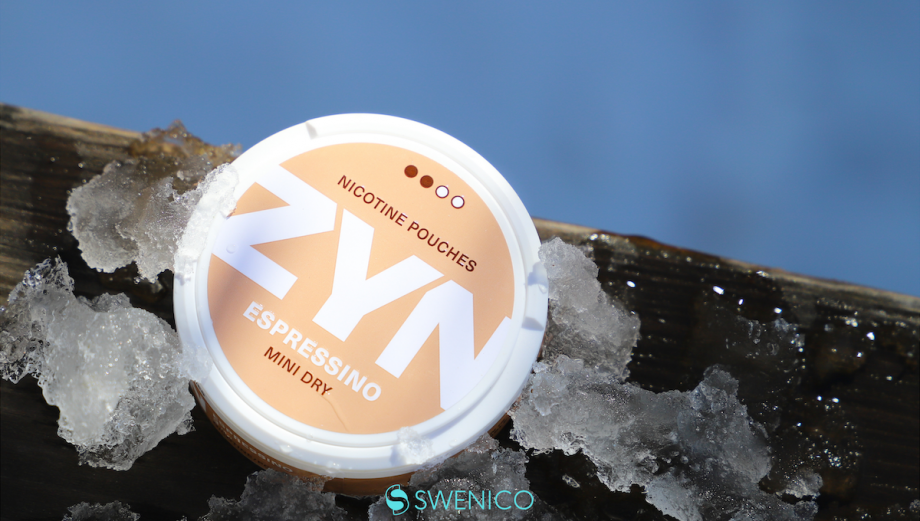In a world where smoking cessation has become a health imperative and harm reduction is widely sought after, alternative nicotine delivery systems are garnering increased popularity.
Among these alternatives, tobacco snus and nicotine pouches have emerged as popular choices. But, are they essentially the same product, just cloaked under different names, or are there distinct characteristics that set them apart? In this article, we will answer just that.
Snus is a moist, smokeless oral tobacco product that originated in Sweden. It is widely popular in Sweden in particular but also in other Scandinavian countries like Norway. In fact, about 12% of the Swedish population are regular users of Snus and it is considered the number one reason that Sweden is set to becoming the first country to be smoke-free (which in practice means that less than 5% of the population are regular smokers). Source
Whilst snus is very popular in Scandinavia, its use is not very widespread in the rest of the world. However, a product that has appeared on the market in recent years and is becoming increasingly popular around the world is nicotine pouches.
Like snus, these pouches are also intended for oral use, offering a nicotine hit but without the smoke. Their rising popularity has made them a common sight on store shelves, right next to tobacco snus.
Before delving into the matter further, it’s vital to understand the significance of this comparison. As we strive towards a healthier world, the need for safer alternatives to smoking is more popular than ever. For those who have been trying to kick their nicotine habit or reduce their tobacco consumption, it’s crucial to discern the differences between these two products – if any exist.
In this article, we’ll unpack what tobacco snus and nicotine pouches are and how they differ. By doing so, we aim to equip you with the knowledge needed to make an informed decision regarding nicotine consumption. So, buckle up, and let’s dive into the world of snus and nicotine pouches.
Overview of Tobacco Snus

Snus is a smokeless tobacco product that has its roots firmly planted in Scandinavian soil, more specifically, Sweden. Introduced during the late 18th century, snus emerged as a response to Sweden’s quest for a domestic tobacco product. Fast forward a few centuries and it’s now become an integral part of Swedish culture and a noteworthy player in the global tobacco market. Today, more than 10% of the population are regular users of snus which highlights the immense.
So, what exactly is snus? To put it simply, it’s a finely ground tobacco product, typically moistened and often flavored with various aromas. Snus exists in loose format or in pre-packed pouches.
The ingredients list usually includes water, salt, and sodium carbonate, aside from the obvious – tobacco.
The preparation of snus is an intricate process. Tobacco leaves are first air and sun-cured, then ground into a fine powder. This tobacco powder is mixed with water and salt, followed by a heat treatment process, akin to pasteurization, to reduce harmful microorganisms. This also ensures a lower level of harmful tobacco-specific nitrosamines compared to other tobacco products.
When it comes to usage, the process is rather straightforward. A snus pouch is placed between the upper lip and gum, where it stays for an extended period – often up to an hour – slowly releasing nicotine into the bloodstream.
While snus remains a staple tobacco product in Sweden, its influence has trickled down to other parts of the world. Interestingly, a significant portion of Swedes use snus as their primary source of nicotine instead of smoking, a trend that other countries are beginning to adopt. However, it’s worth noting that the regulatory environment varies across regions, with some countries embracing it, and others, like those within the EU, maintaining a ban on sales.
Overview of Nicotine Pouches

The birth of nicotine pouches is relatively recent, brought about by the growing demand for alternative, potentially less harmful nicotine delivery systems. Whilst nicotine pouches are a relatively new product, only appearing on the market in around 2015, they are in essence just a product development of traditional tobacco snus. Nicotine pouches are used in the exact same way as tobacco snus but with the key difference being that they do not contain any tobacco.
Still, nicotine pouches are a product of modern innovation designed to deliver nicotine without tobacco.
Nicotine pouches share a striking resemblance with snus, especially in terms of form factor and usage. However, they stand apart in composition. Instead of tobacco, these pouches contain tobacco-derived nicotine, along with other ingredients such as water, plant-based fibers, flavorings, and sweeteners. They are also available in a range of strengths and flavors, appealing to a broad spectrum of users.
Manufacturers of snus asked themselves if they could make a similar product that had the same usage as tobacco snus but without any tobacco to appeal to a wider audience who either didn’t like the taste of snus or who wanted a more fresh alternative that may also be less harmful.
The preparation of nicotine pouches involves mixing nicotine with the other ingredients to form a moist substance which is then encased in small pouches. This tobacco-free blend is designed to offer a similar experience to that of using snus, but without any tobacco content.
Using a nicotine pouch is just as simple as using snus. Users place the pouch between the gum and upper lip, allowing the nicotine to be absorbed through the oral mucosa. The pouch can be left in place for up to an hour, or until the desired nicotine hit has been achieved. Some people prefer to use nicotine pouches for as short as 10 minutes whilst others prefer to use them for more than one hour. There is no right or wrong here and ultimately comes down to preference.
Despite being a newcomer in the nicotine product landscape, nicotine pouches have rapidly gained traction. Much of this has to do with the fact that nicotine pouches are generally not classified as tobacco products. For that reason, they are allowed in countries where other tobacco products like snus may be banned, such as in the European Union.
Their tobacco-free nature resonates with users seeking a potentially less harmful alternative to traditional tobacco products. Their growing popularity has seen them become widely available globally, from convenience stores to online platforms. However, like snus, the regulatory environment for nicotine pouches varies significantly across different regions and countries.
Comparison between Nicotine Pouches and Tobacco Snus
Route of Administration
Whether you’re using tobacco snus or a nicotine pouch, the route of administration remains the same. Both are smokeless, spitless forms of nicotine consumption, placed between the upper lip and gum, allowing for slow and controlled nicotine absorption.
Nicotine Delivery Mechanism
At their core, both products serve the same primary function: they deliver nicotine to the user. The nicotine in both products is absorbed through the mucous membranes in the mouth, providing a sustained release over an extended period, typically up to an hour.
Differences between Nicotine Pouches and Tobacco Snus
Ingredients and Preparation
While both products might seem identical in form, their contents differ significantly. Tobacco snus, as the name implies, contains finely ground tobacco, whereas nicotine pouches use nicotine and are entirely tobacco-free. This difference in ingredients leads to a different manufacturing process for each. The key visual difference of these products is that nicotine pouches are completely white as opposed to snus which is brown due to the use of tobacco.
Legal and Regulatory Status
Different regions have different regulations concerning these products. For instance, in the European Union, the sale of tobacco snus is generally prohibited, except in Sweden. On the other hand, nicotine pouches, being tobacco-free, are not subject to this ban. A similar principle applies in other countries where tobacco products are generally strictly restricted whereas nicotine pouches (being free from tobacco) are not.
User Experience and Preference
User preference varies between the two products, often influenced by factors such as taste, perceived health risk, and nicotine strength. Some users might prefer the traditional, earthy taste of tobacco snus, while others might lean towards the wide variety of flavors offered by nicotine pouches. Furthermore, individuals looking to avoid tobacco entirely may prefer nicotine pouches. Because the nicotine is added afterward for nicotine pouches, there’s a wider selection of nicotine strengths, allowing users to find just the right dose.
Impact on Smoking Cessation
Smokeless products like tobacco snus and nicotine pouches have proven to be very effective with smoking cessation. In fact, snus is attributed to being the reason why Sweden is set to become the first country in the world to become smoke-free.
Whilst snus nor nicotine pouches are not officially classified as smoking-cessation aids – and are thus not allowed to be promoted as such – many users have reported that snus and nicotine pouches have helped them quit smoking, thus providing them a safer, less harmful alternative to inhaling smoke.
Due to their similar method of use and nicotine delivery, these products can help mimic the oral fixation associated with smoking, potentially making the quitting process more manageable for some individuals.
Whilst snus and nicotine pouches are not allowed to be promoted as smoking-cessation aids, several studies suggest that smokeless tobacco products, including snus, have played a significant role in helping smokers quit in countries like Sweden and Norway. The situation with nicotine pouches is a bit less clear, mainly due to their recent emergence on the market. However, preliminary observations suggest they might share a similar potential to aid in smoking cessation. It would certainly not come as a surprise seeing that these two products are very similar at their core and are used in the exact same way, with the only difference being that one is free from tobacco and the other is not.
Conclusion
As we reach the end of our exploration into the world of tobacco snus and nicotine pouches, several key points emerge. Yes, these two products share some similarities, particularly in terms of use and nicotine delivery. Yet, it’s also clear that they differ in significant ways, from their ingredients to their regulatory status.
Nicotine pouches, being devoid of tobacco, may present fewer health risks than tobacco snus but more studies need to be done on this specific product.
The impact of these products on smoking cessation is still a subject of intense debate. While some see them as useful tools to help smokers quit, others argue that they could potentially introduce new users to nicotine addiction.
Popular nicotine pouches
-
ZYN Cool Mint Mini Dry Normal 3mgPrice is hidden
-
VELO Freeze MAXPrice is hidden
-
ZYN Mini Black Cherry 6 mgPrice is hidden
-
ZYN Cool Mint Mini Dry Extra StrongPrice is hidden
-
ZYN Espressino Mini Dry Normal 3mgPrice is hidden
-
Zafari Desert Mint 4mgPrice is hidden
-
VELO Ice Cool Mint Strong SlimPrice is hidden
-
ZYN Apple Mint Mini Dry 3mgPrice is hidden
-
ZYN Citrus Mini Dry Normal 3mgPrice is hidden

